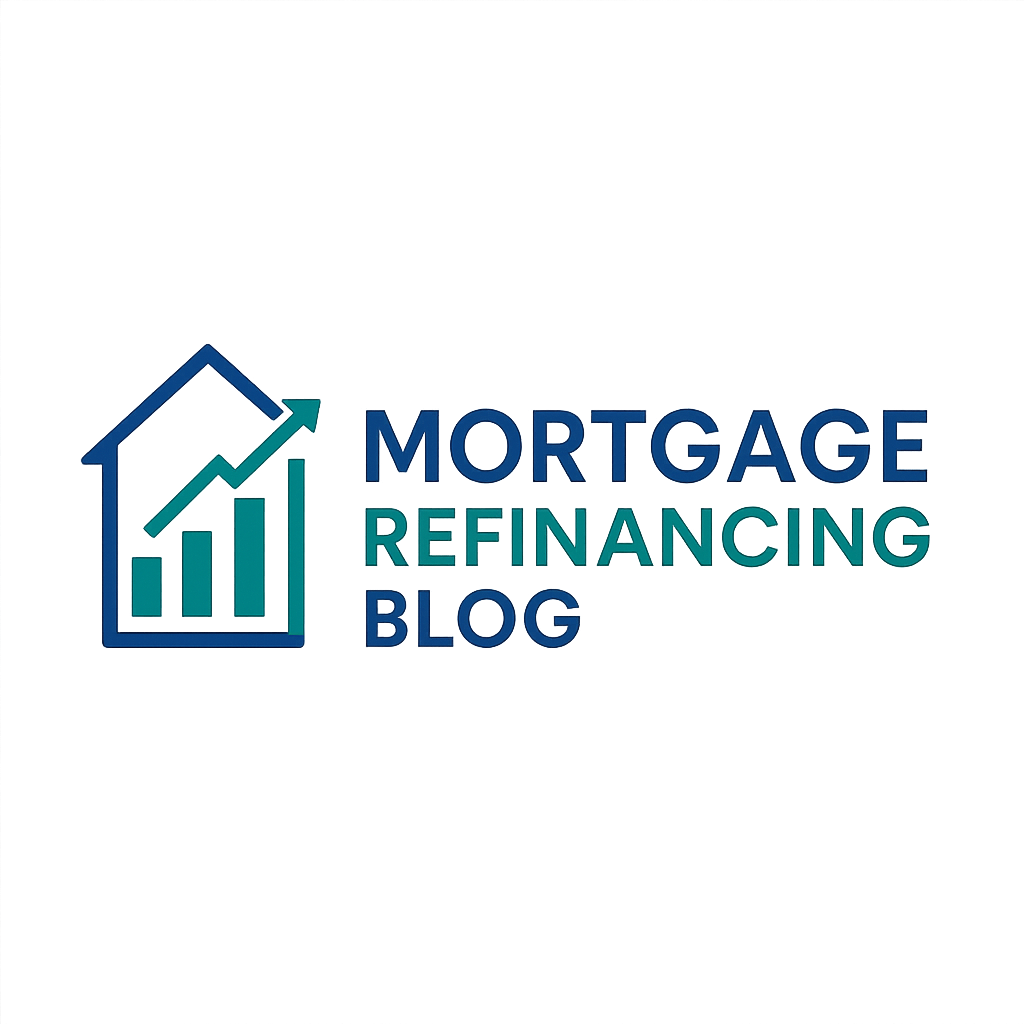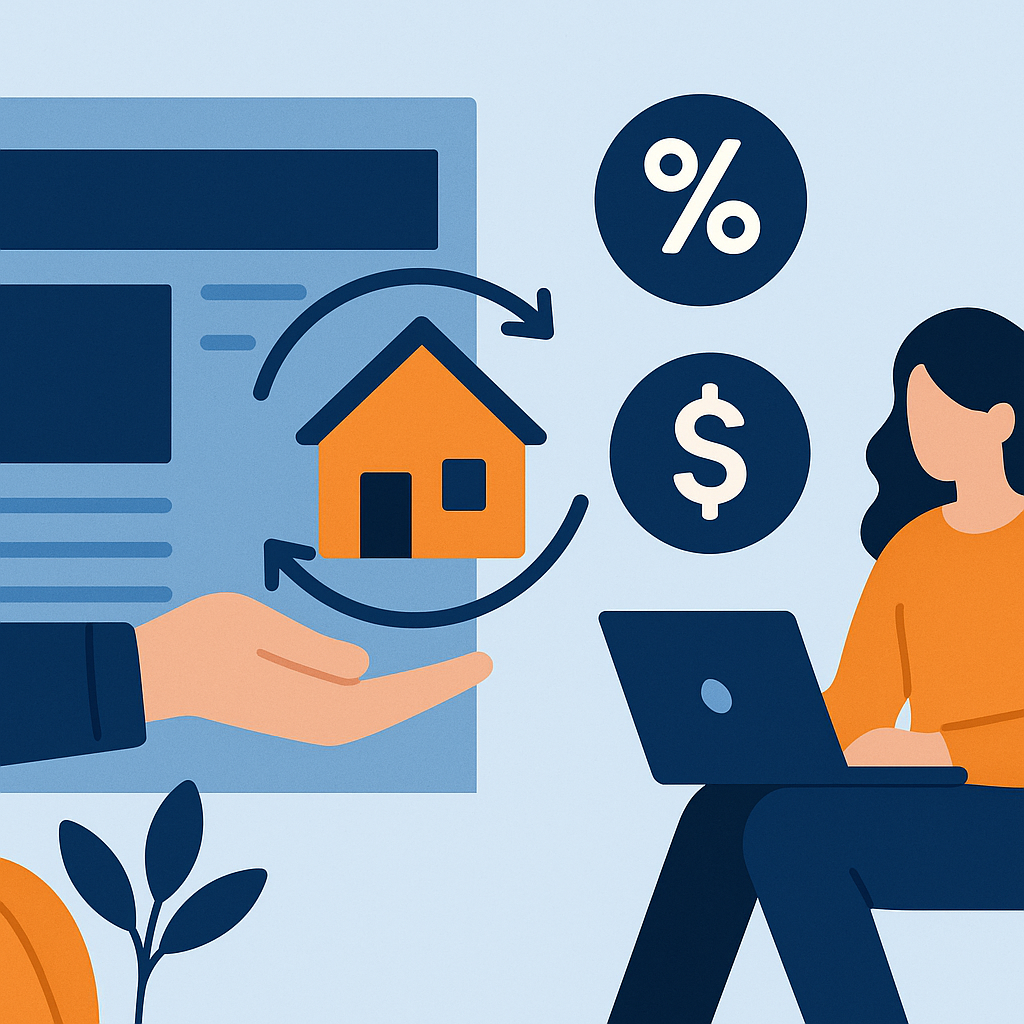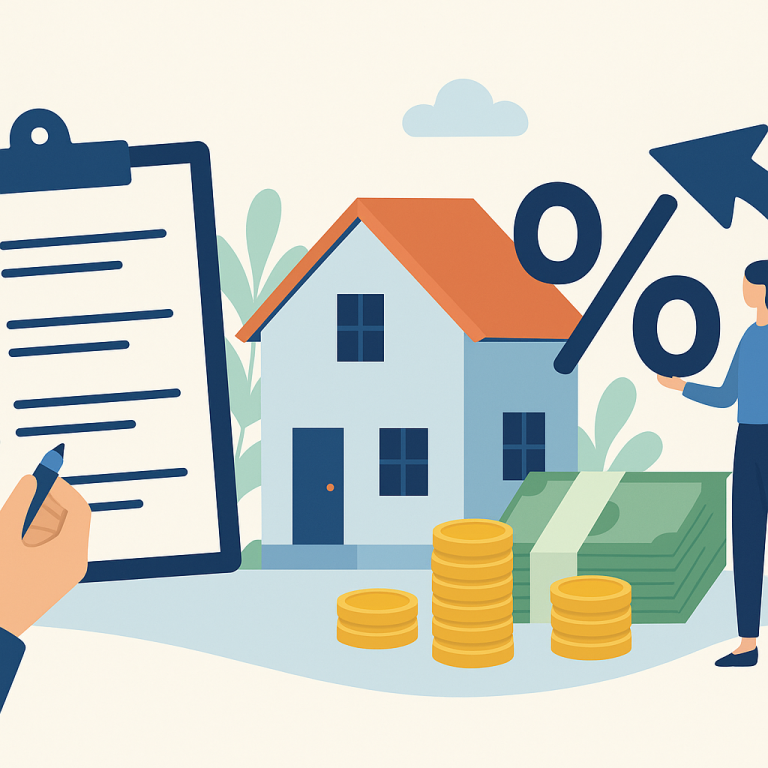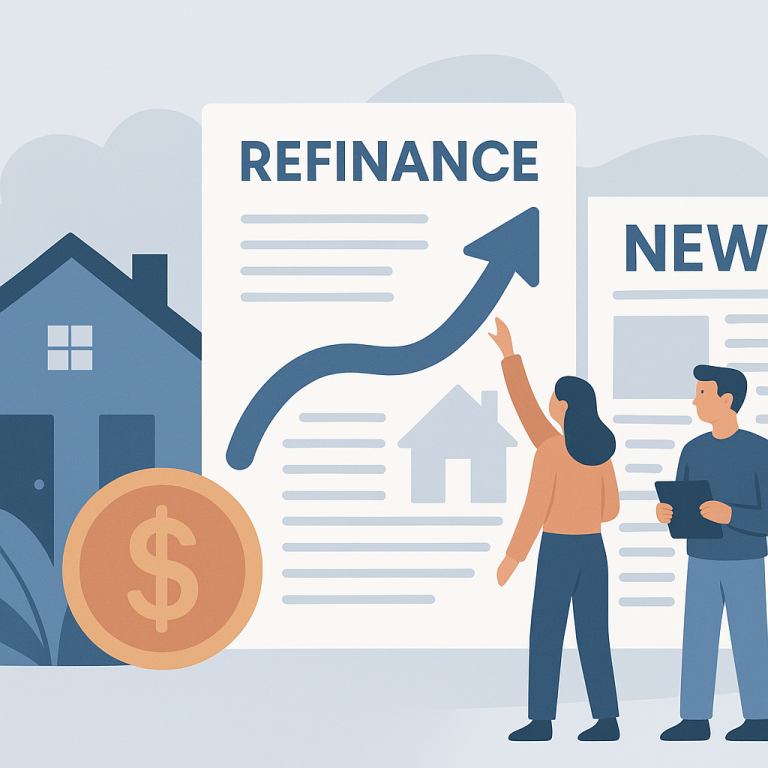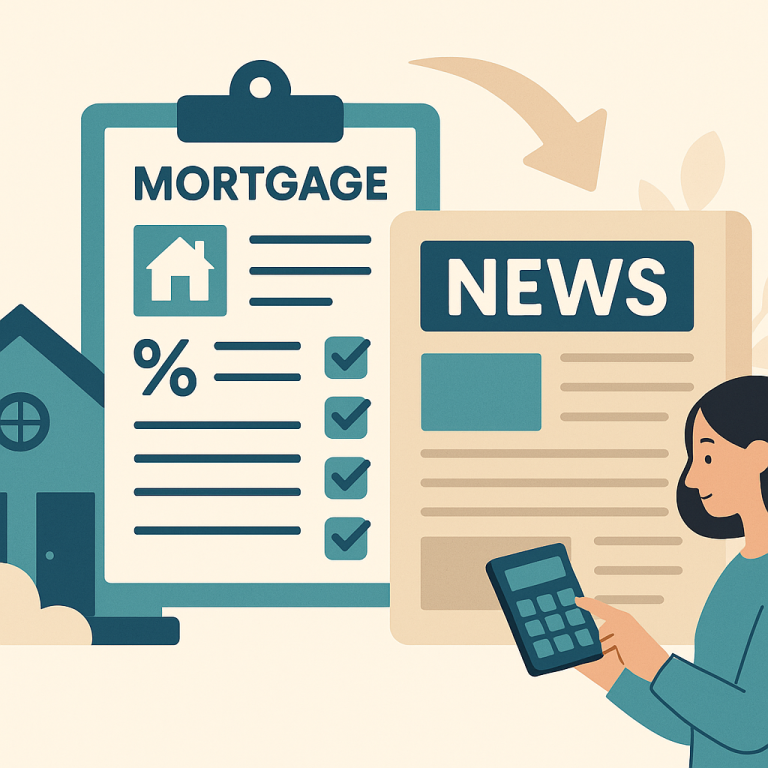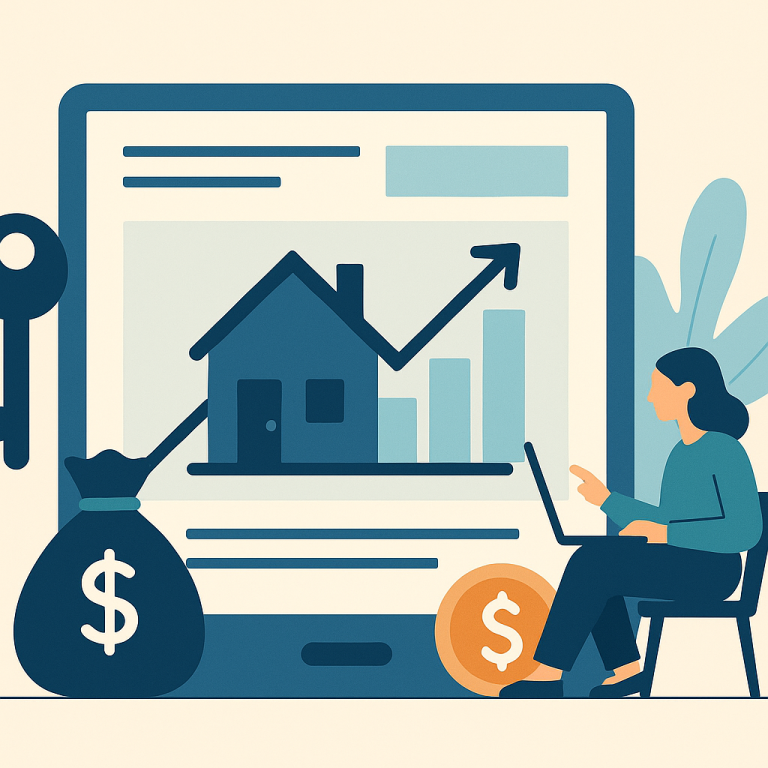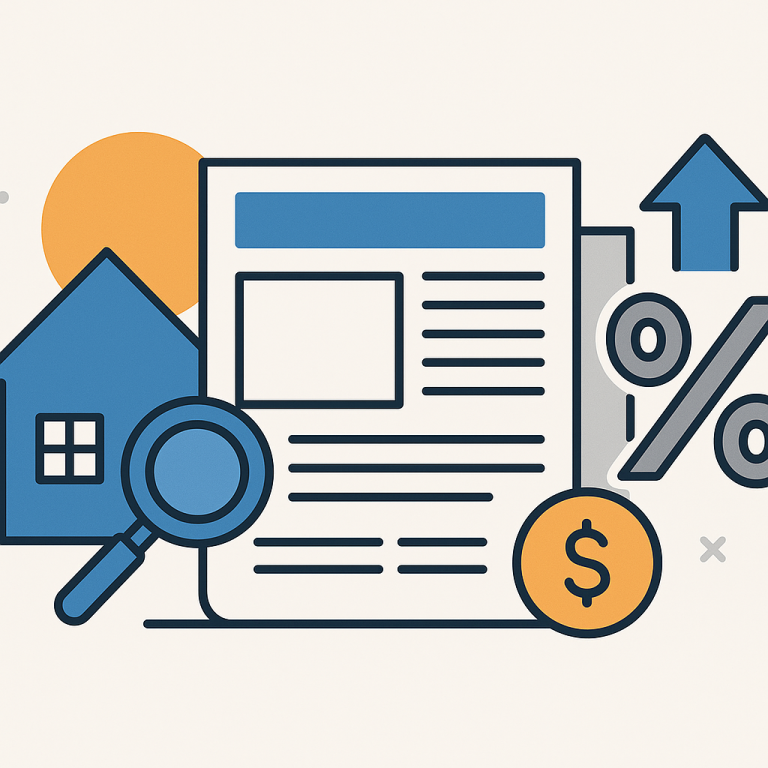Fannie Mae Tightens DTI Limits For Cash-Out Refinances, Reducing Borrower Eligibility
At a glance: This change and how it could affect refinancing decisions.
What This Means for Borrowers
As interest-rate conditions shift, many homeowners with adjustable-rate mortgages (ARMs) are weighing whether to refinance into a fixed-rate loan. The decision hinges less on chasing the lowest possible rate and more on assessing long-term stability, cash-flow needs, and how much interest a borrower expects to pay over the remaining life of the loan. This article outlines the considerations homeowners should prioritize and offers a practical checklist for evaluating a refinance from an ARM to a fixed-rate mortgage.
Why switching to a fixed rate can matter now
ARMs often start with lower introductory payments but carry the risk of rate resets that increase monthly payments over time. Refinancing to a fixed-rate mortgage removes that uncertainty, locking in predictable principal and interest payments for the rest of the term. For homeowners who plan to remain in the property beyond the ARM’s next reset or who value budget stability, a fixed-rate loan can provide financial clarity and protection against future rate volatility.
Key factors to evaluate before refinancing
Deciding whether to refinance requires comparing the new loan’s costs and benefits against the current mortgage. Focus on these elements:
- Break-even period: Calculate how long it will take for monthly savings or interest reduction to cover closing costs and fees. If you expect to move or sell before that period, refinancing may not be cost-effective.
- Loan term and total interest: Shortening the loan term can reduce total interest paid but will usually increase monthly payments. Extending the term can lower payments but may raise long-term interest costs.
- Monthly cash flow vs. stability: Fixed rates remove the risk of payment spikes. Homeowners who have tight monthly budgets may prioritize payment stability even if the fixed rate is slightly higher than the current ARM’s initial rate.
- Credit profile and documentation: Your credit score, income documentation, and home equity influence the interest rate and loan options available. Improving these factors before applying can yield better terms.
- Prepayment and exit strategies: Understand penalties, if any, and whether you plan to pay down the principal faster. Prepayment flexibility can be a deciding factor.
Common refinancing approaches
Homeowners typically pursue one of three strategies: refinance to a fixed-rate with a similar remaining term, refinance to a shorter-term fixed loan to reduce total interest, or refinance to a longer-term fixed loan to lower monthly payments. Each approach has trade-offs. A like-term refinance emphasizes predictability, a shorter term reduces interest but raises monthly obligations, and a longer term improves monthly cash flow while increasing lifetime interest.
Actionable homeowner checklist
- Gather current mortgage statements and note the ARM’s next reset date and remaining balance.
- Estimate closing costs and compare those to projected monthly savings to determine the break-even point.
- Get multiple rate quotes and compare APRs, not just advertised rates, to capture fees and costs.
- Run scenarios for different loan terms to understand effects on monthly payment and total interest.
- Consider timing and personal plans—if you’ll move before the break-even point, refinancing may not pay off.
- Consult a trusted mortgage professional to review offers and confirm assumptions used in your calculations.
Refinancing an ARM to a fixed-rate mortgage can offer peace of mind and predictable housing costs, but it is not a one-size-fits-all decision. Homeowners who systematically compare break-even timelines, loan terms, and their own plans are best positioned to choose a solution that aligns with both monthly cash-flow needs and long-term financial goals.
META: refinance-article ARM-to-fixed takeaways checklist
